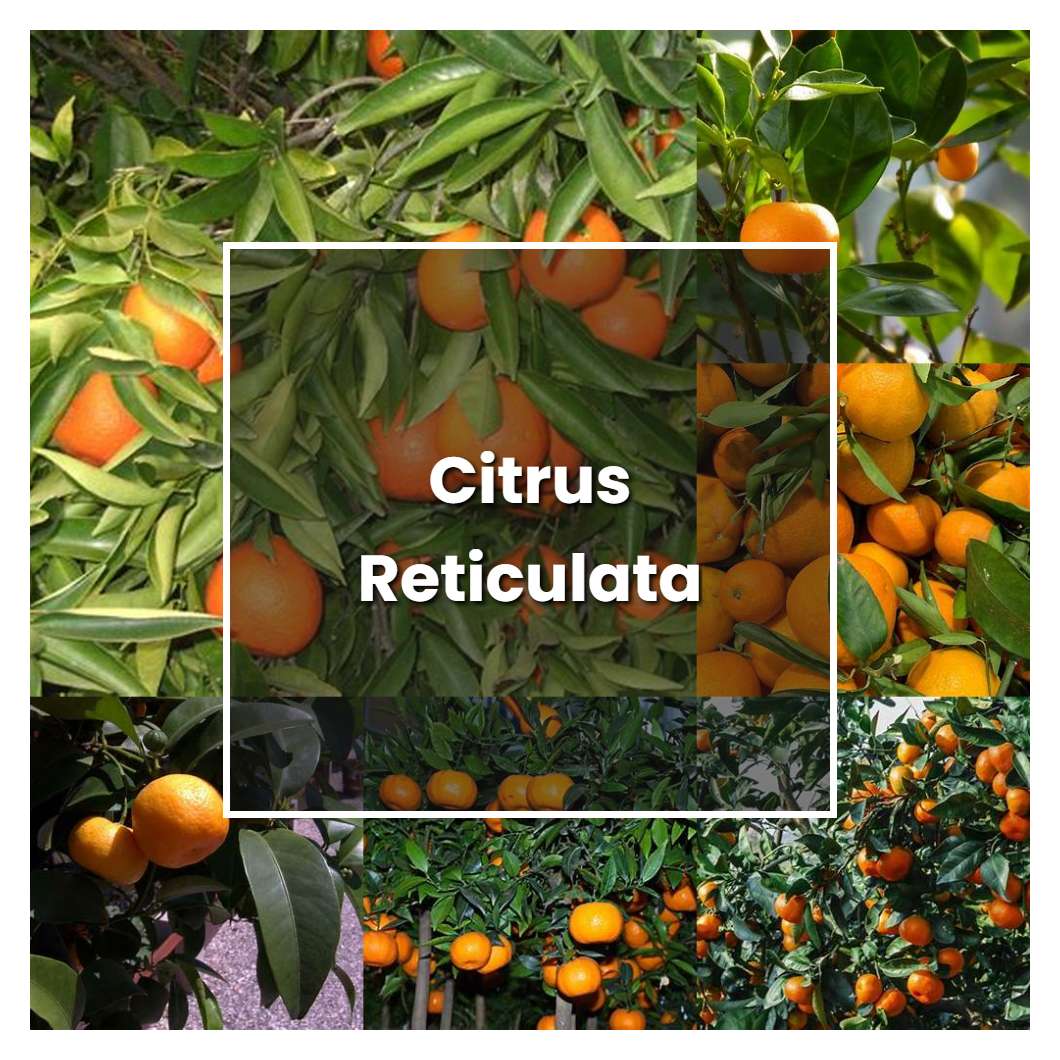Citrus reticulata is an evergreen citrus tree that is native to China. The fruit of the tree is orange-like, and the tree itself is quite hardy. The tree is often used as an ornamental plant in China, and the fruit is used in many Chinese dishes.

Related plant:
Citrus Calamondin
About soil condition, citrus reticulata grows best in deep, fertile, well-drained soils, but it is tolerant of a wide range of soils, including poor ones. The trees do not like wet feet, so they should not be planted in areas where the soil is poorly drained. They are also susceptible to root rot, so it is important to make sure the soil is not too wet.
Like the other citrus fruits, the citrus reticulata needs full sun to grow properly. However, it is a bit more tolerant of partial sun than some other varieties. It should still be given at least six hours of direct sunlight each day, though. If it doesn't get enough sun, it will produce fewer fruits and the fruits it does produce will be smaller.
The temperature condition that citrus reticulata plants prefer is warm weather. They grow best in temperatures that are between 60 and 85 degrees Fahrenheit. They can tolerate some cold weather, but they will not do well in temperatures that are below freezing.
Ideal humidity condition for this plant is around 40-50%. If the humidity is too low, the plant will start to drop leaves. If the humidity is too high, the plant will become susceptible to fungal diseases.
For the fertilizer, this plant needs a soil that is high in organic matter. The ideal pH range is 6.0 to 7.0. This plant also needs a lot of moisture, so make sure to water it regularly. The roots of this plant are very sensitive to temperature changes, so make sure to keep the roots warm.
Pruning is a critical step in maintaining a healthy citrus reticulata plant. By removing dead or diseased limbs, you allow more sunlight and air circulation to reach the interior of the plant. This helps to prevent fungal diseases and encourages new growth. Pruning also helps to shape the plant and keep it from becoming too large for its space. When pruning, be sure to use clean, sharp pruning shears to avoid damaging the plant. Cut just above a node, or leaf joint, and angle the cut so that water will run off of it.
Propagation is typically done by rooting cuttings, which can be taken from the parent plant at any time of year. The best time to take cuttings, however, is late spring or early summer. Cuttings should be taken from healthy, disease-free plants that are at least a year old. Each cutting should be 4 to 6 inches long and have at least two leaves. Cuttings should be placed in a well-drained potting mix and kept moist until they have rooted. Once they have rooted, they can be transplanted into individual pots.
Usually, the plant growth rate studies have found that the trees grow quickly when they are young. However, the growth rate slows down as the trees age. The average growth rate of citrus reticulata trees is about 30 centimeters per year.
Common problems for this kind of plant are pests, diseases, and nutrient deficiencies. Pests such as aphids, whiteflies, and mites can infest the plant and cause damage. Diseases such as citrus canker and greening can also harm the plant. Nutrient deficiencies can cause yellowing leaves and stunted growth.
Source:
General Information - University of WisconsinLa Crosse
Habitat & Growth - University of WisconsinLa Crosse
Assessment of the genetic variability amongst mandarin (Citrus ...
